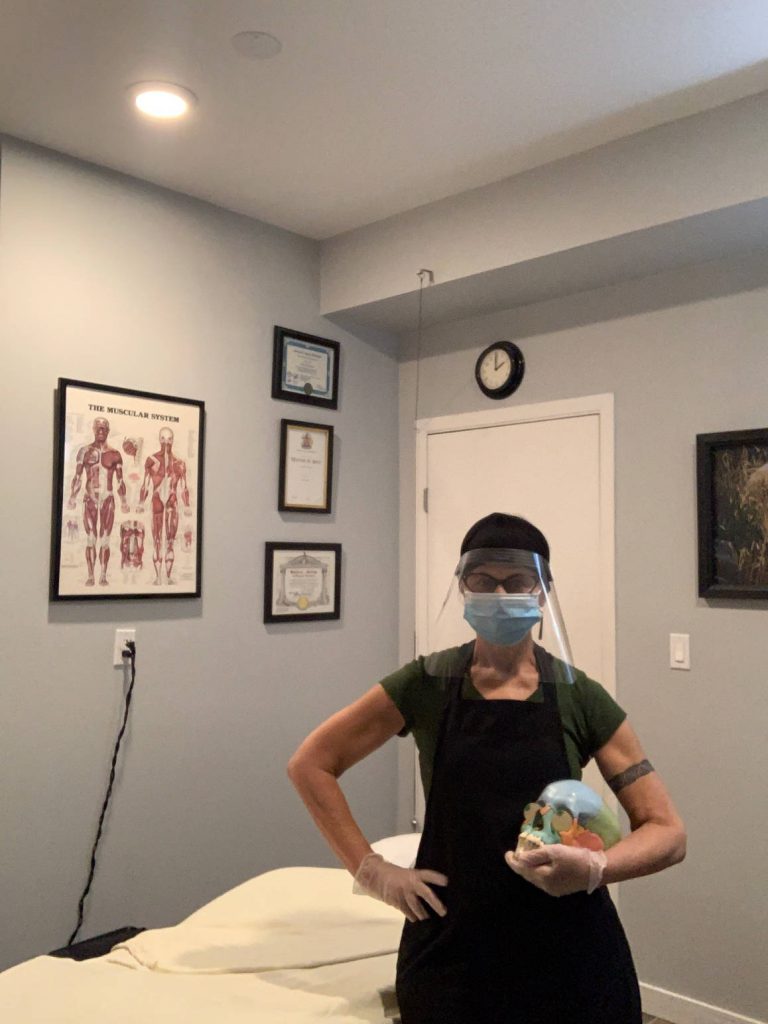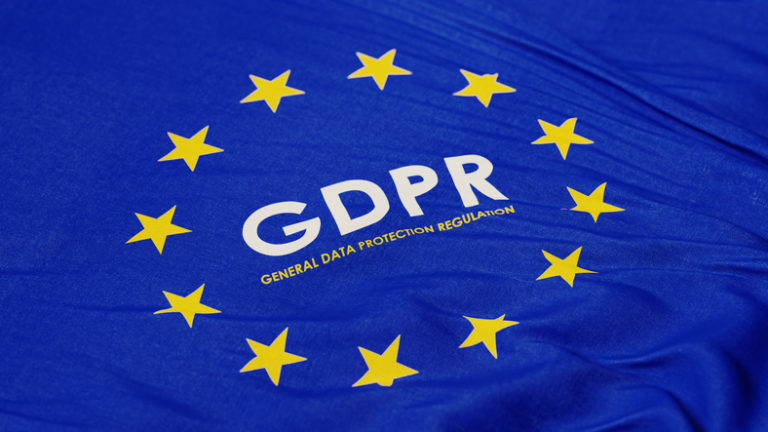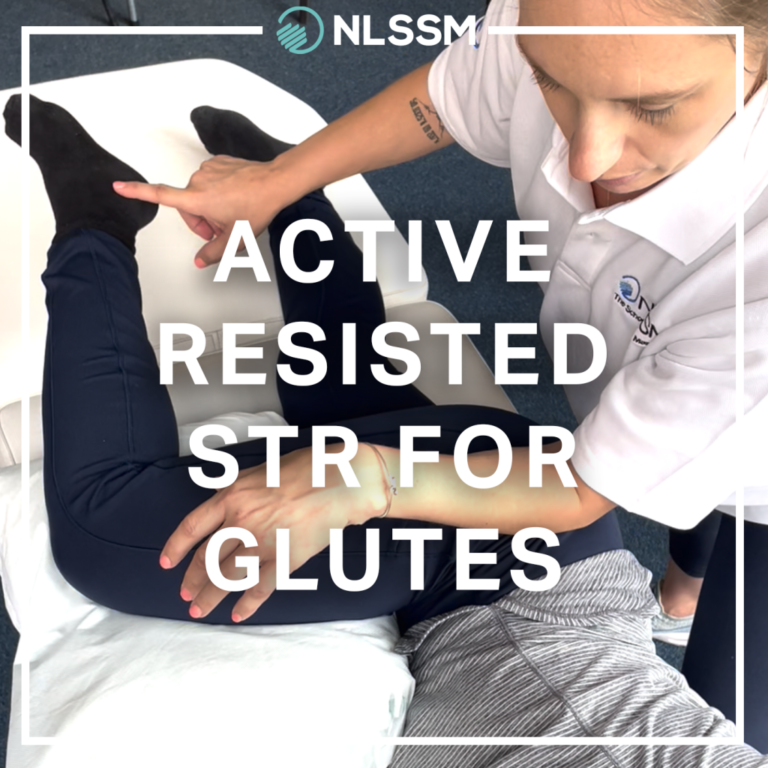A massage isn’t just an indulgence — it really will help an injured muscle heal faster and stronger, new research suggests.
Athletes have long believed that a good masseur can work wonders; reducing inflammation, improving blood flow and easing tightness after vigorous exercise. But in the thousands of years that massages have been given, the reasons for their beneficial effects have not been clear.
The new research, however, shows how a massage can flush inflammatory cells from injured muscle tissue. This appears to promote healing, allowing muscles to repair themselves more quickly. In laboratory experiments it also led to stronger muscle fibres being formed and the scientists believe that the findings could lead to more effective therapies in the future.
The study involved mice with muscle injuries that were massaged using a specially designed robot. This robot was used because it delivered a precise amount of rhythmic pressure which could be measured, it also included an ultrasound device, which could observe how the tissue reacted.
In humans, vigorous exercise causes tiny tears in muscle fibres, which leads to an immune reaction – inflammation. “Lots of people have been trying to study the beneficial effects of massage and other “mechanotherapies” on the body, but up to this point it hadn’t been done in a systematic, reproducible way,” Dr Bo Ri Seo of Harvard University, who led the study said. “Our work shows a very clear connection between mechanical stimulation and immune function.”
Seo and her colleagues found that massage doubled the rate of muscle regeneration in their mice. They also saw that the cross-sectional area of muscle fibres became larger, indicating greater strength. They measured the levels of compounds known as cytokines and chemokines in the mouse muscles. These are linked to immune cells called neutrophils, a type of cell that rushes to the site of injuries and eats up harmful germs.
The massaged muscles had reduced cytokine levels and fewer neutrophils, compared with untreated muscles. The team suspected that massage effectively squeezed the neutrophils and cytokines away. They tested this idea by injecting fluorescent molecules into the muscles and saw that a massage like force did indeed flush them out.
Next they explored how neutrophils might impair muscles healing. The scientists first grew neutrophils in a special broth. Using the same broth, they then grew what are known as muscle progenitor cells (MPCs) – the cells that become muscle.
Substances in the broth secreted by the neutrophils seemed to promote the production of MPCs but it took longer for them to mature to form muscles fibres. This effect had not been seen before and the researchers believe that it lies at the root of why massages work.
“Neutrophils are known to kill and clear out pathogens and damaged tissues, but in this study we identified their direct impacts on muscle progenitor cells,” Stephanie McNamara of Harvard Medical School and a co-author of the study said “While the inflammatory response is important for regeneration in the initial stages of healing, it is equally important that inflammation is quickly resolved to enable the regenerative processes to run its full course.”
Reference: The Times Newspaper, Thursday October 7th 2021
Not joined up yet?
There’s plenty of reasons to join the LCSP Register
Insurance Partners
Our dedicated team can tailor individual policies to suit your specific needs
Workshops
Keep your skills up to date with CPD Workshops and courses
Business Support
Advice tailored to working in the private sector
Find a Therapist
Our directory of therapists searchable by the general public
Welfare Officer
Supporting members who may have situations of difficulty where they need assistance, guidance or reassurance.




